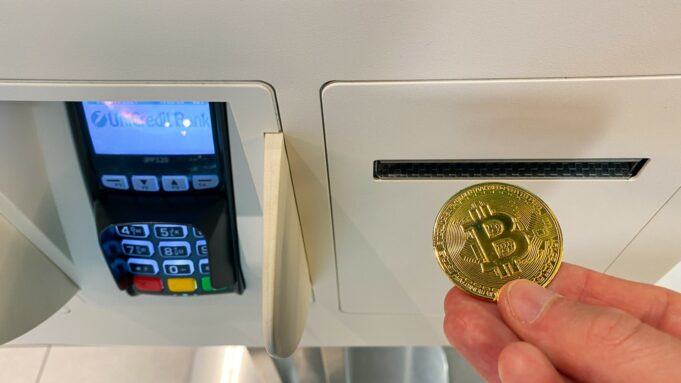Bitcoin mining cap is a term that refers to the maximum number of bitcoins that can ever be mined. The mining cap is a critical aspect of the Bitcoin protocol, as it ensures the integrity and stability of the network. Bitcoin mining is the process of adding new transactions to the blockchain, which is the public ledger of all Bitcoin transactions. Miners are rewarded with new bitcoins for their work in verifying transactions, and the mining cap determines how many bitcoins can be created through this process.
The mining cap was set at 21 million bitcoins by the Bitcoin protocol, which was first published in 2008 by an unknown person or group of people using the pseudonym Satoshi Nakamoto. This cap was put in place to ensure that there would never be more than 21 million bitcoins in circulation, which is a critical feature of the currency’s design. This limit is different from traditional fiat currencies, which can be printed at will by central banks.
The mining cap is enforced by the Bitcoin protocol through a process called halving. Every 210,000 blocks, or roughly every four years, the reward that miners receive for adding new transactions to the blockchain is cut in half. This means that the number of new bitcoins created through mining is reduced by half, slowing down the rate of new bitcoin creation. The first halving occurred in 2012, when the reward for mining a block was reduced from 50 bitcoins to 25. The second halving occurred in 2016, reducing the reward to 12.5 bitcoins per block. The next halving is expected to occur in 2020, and will reduce the reward to 6.25 bitcoins per block.
The halving process is an essential aspect of the Bitcoin protocol, as it ensures that the supply of new bitcoins is limited over time, which helps to maintain the currency’s value. By limiting the supply of new bitcoins, the protocol ensures that the currency cannot be inflated by excessive mining, which is a problem that has plagued other currencies in the past.
The mining cap also has implications for the future of Bitcoin. As the supply of new bitcoins decreases over time, the value of each bitcoin is expected to increase. This is because the demand for bitcoins is likely to remain constant or increase, while the supply of new bitcoins is limited. This trend has already been observed in the past, with the price of bitcoin increasing significantly after each halving event.
However, there are some potential drawbacks to the mining cap as well. As the supply of new bitcoins decreases, the rewards for mining will also decrease, which could lead to a decline in the number of miners on the network. This could potentially lead to a decline in the security of the network, as fewer miners means that it is easier for a single entity to control a majority of the hashing power on the network. This is known as a 51% attack, and it could potentially allow an attacker to reverse transactions or double-spend bitcoins.
To prevent this from happening, the Bitcoin protocol includes a mechanism called the difficulty adjustment. This mechanism adjusts the difficulty of mining a block based on the total hashing power on the network. If the hashing power increases, the difficulty of mining a block increases as well, making it harder for any single entity to control the network. If the hashing power decreases, the difficulty of mining a block decreases as well, making it easier for miners to keep up with the network.
In conclusion, the mining cap is an essential aspect of the Bitcoin protocol, as it ensures that the supply of new bitcoins is limited over time. This helps to maintain the currency’s value and prevent inflation, which is a problem that has plagued other currencies in the past. However, the mining cap also has implications for the future of Bitcoin, as it could potentially lead to a decline in the number of miners on the network. To prevent this from happening, the protocol includes a difficulty adjustment mechanism, which helps to maintain the security and stability of the network. Overall, the mining cap is a critical feature of the Bitcoin protocol, and it will continue to play an important role in the development and growth of the currency in the future.

























